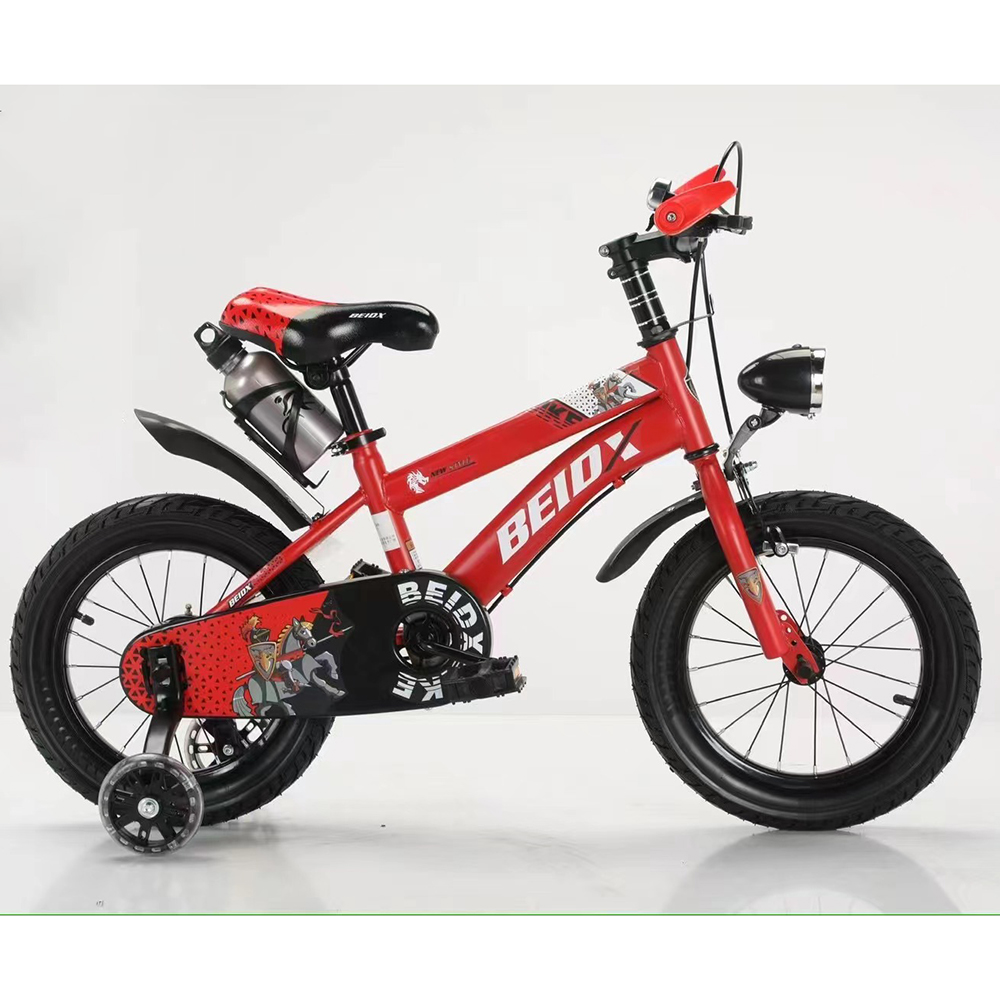types of mountain bike
The Various Types of Mountain Bikes Which One Is Right for You?
Mountain biking is one of the most exhilarating outdoor activities, allowing riders to explore rugged terrains and embrace the great outdoors. However, with various types of mountain bikes available on the market, it can be challenging to choose the right one that fits your style and riding preferences. In this article, we will explore the different types of mountain bikes and help you understand their unique features, advantages, and the terrains they are best suited for.
1. Cross-Country (XC) Bikes
Cross-country bikes are designed for speed and efficiency, primarily intended for racing and long-distance trails. These bikes are lightweight, with a geometry that promotes an efficient pedaling position. Typically, XC bikes come with 29-inch wheels, which provide a smoother ride over obstacles and better rolling efficiency. Due to their lightweight frame and rigid suspension, they are ideal for those who prefer climbing steep hills and covering long distances on a variety of terrains.
2. Trail Bikes
Trail bikes are perhaps the most versatile type of mountain bike. They blend the characteristics of cross-country and all-mountain bikes, making them suitable for a wide range of trails. With a mid-range weight and a more relaxed geometry, trail bikes are designed for stability and control on rugged trails. They typically feature 120 to 150mm of travel in their suspension systems, allowing them to absorb shocks from challenging terrain while still being efficient on climbs. If you enjoy a mix of climbing and descending on various trails, a trail bike might be the perfect choice for you.
3. All-Mountain (Enduro) Bikes
All-mountain bikes, often referred to as enduro bikes, are built for aggressive riding and technical terrain. With a more robust frame and longer suspension travel (typically 150 to 180mm), these bikes can handle rough descents and demanding trails. All-mountain bikes excel in downhill sections, making them a favorite for riders who enjoy taking on steep and challenging trails. However, they are also designed for climbing, so you won’t be stuck pushing your bike uphill. If your primary focus is on downhill rides with the occasional climb, then an all-mountain bike would be a wise investment.
types of mountain bike

4. Downhill (DH) Bikes
Downhill bikes are engineered for one purpose descending steep and challenging terrains at high speeds. These bikes are heavy and stable, equipped with advanced suspension systems that provide 200mm or more of travel to absorb big hits. The geometry of downhill bikes is more relaxed to maintain control when going downhill. They are not suitable for climbing or long-distance rides, as they excel only in downhill racing scenarios. If you’re an adrenaline junkie who enjoys high-speed descents and technical features, a downhill bike is the way to go.
5. Fat Bikes
Fat bikes are specially designed for riding on soft and unstable surfaces such as snow, sand, and mud. Featuring oversized tires (typically 3.8 inches or wider), fat bikes provide an exceptional amount of traction and stability. They often have a relaxed geometry, making them comfortable for long rides. Fat bikes have gained popularity in recent years for their ability to handle diverse terrains, allowing adventurous bikers to traverse areas that would typically be inaccessible. If you live in an area with snowy winters or sandy trails, a fat bike might be a perfect addition to your biking arsenal.
6. Electric Mountain Bikes (e-MTBs)
Electric mountain bikes offer the best of both worlds the thrill of mountain biking combined with an electric motor for added assistance. E-MTBs come in various styles, including cross-country and trail configurations. The inclusion of a battery and motor allows riders to tackle longer trails and steeper climbs with less effort. They are perfect for those who may not have the stamina for lengthy rides but still want to enjoy the beauty of nature. E-MTBs enable more riders to join the sport, regardless of fitness levels.
Conclusion
Choosing the right mountain bike depends on your riding style, the types of trails you plan to tackle, and your level of experience. Understanding the differences between the types of mountain bikes can significantly enhance your riding experience. Whether you’re looking for speed, versatility, stability, or the thrill of downhill racing, there’s a mountain bike designed just for you. Get out there, explore, and find the bike that best suits your adventurous spirit!
-
The Perfect Baby TricycleNewsAug.11,2025
-
Ride into Fun with Bikes for KidsNewsAug.11,2025
-
Ride into Adventure with the Perfect Kids Balance BikeNewsAug.11,2025
-
Fun and Safe Riding with the Best Childrens ScootersNewsAug.11,2025
-
Find the Perfect Childrens Bike for Your Little OneNewsAug.11,2025
-
Explore the Best Baby Tricycles for Your Little OneNewsAug.11,2025
-
Three-Wheel Light-Up Scooter Benefits for KidsNewsJul.11,2025








